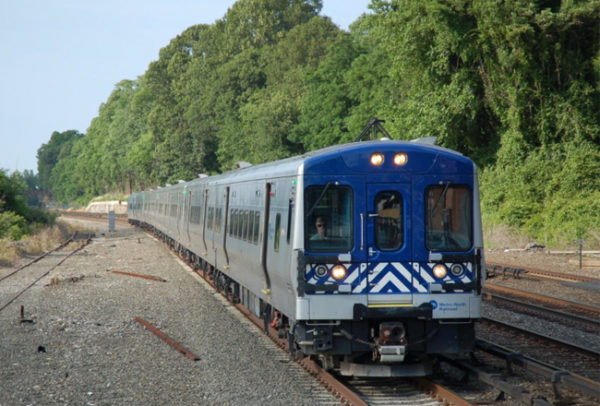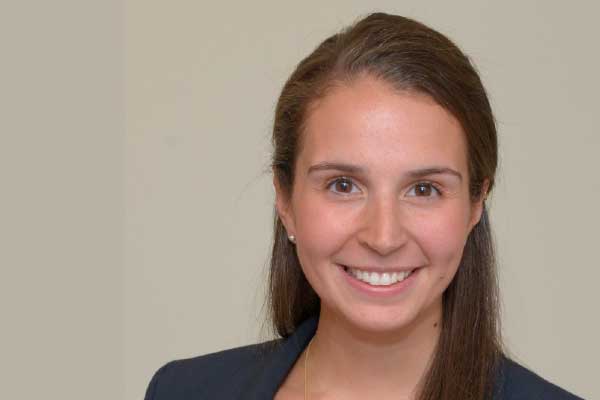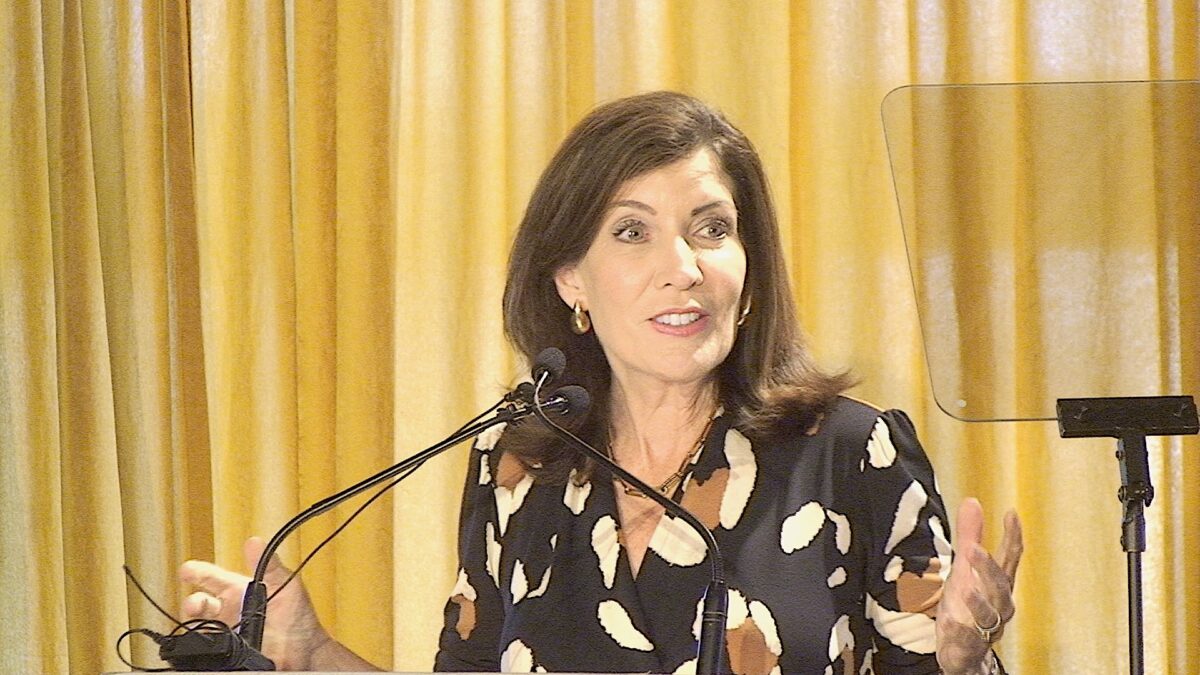When New York State Comptroller Thomas DiNapoli gives a scheduled virtual briefing tomorrow as part of the Business Council of Westchester”™s Political Leadership Series, he’ll be expressing a negative outlook about the Metropolitan Transportation Authority.
A new report from DiNapoli’s office on the MTA’s finances concludes the authority has a precarious financial outlook. The MTA operates Metro-North as well as the Long Island Rail Road and the New York City buses and subways along with bridges and tunnels.
While the MTA has avoided immediate fiscal disaster brought on by the Covid pandemic, it is not yet out of the woods, according to DiNapoli”™s office. The report lays out how a combination of higher spending, the winding down of federal aid, the risk of permanently lower ridership, the increased impact from extreme weather and other factors will create escalating challenges with limited time for the authority to take action.
 The report says that federal aid will enable the MTA to manage budget gaps through fiscal year 2023, avoiding an immediate crisis, but it still has many challenges looming on the horizon.
The report says that federal aid will enable the MTA to manage budget gaps through fiscal year 2023, avoiding an immediate crisis, but it still has many challenges looming on the horizon.
Baseline spending is projected to increase at an average annual rate of 4.2% between 2021 and 2025, faster than the projected inflation rate, at the same time that revenues flatten as federal funding is exhausted in 2025.
The MTA”™s strategy to close the budget gaps from 2021 through 2025 relies on six main elements: $10.5 billion of federal aid; $1.9 billion from fare and toll increases; $1.3 billion from deficit financing in 2025; about $200 million annually from service reductions to align with demand; $150 million annually from restructuring-plan savings; and $734 million from a wage freeze during 2022 through 2025.
“Federal aid makes up nearly two-thirds of gap-closing measures through 2025, underlining the agency”™s reliance on these funds,” the report says. “Outside of federal aid, the largest source of funding is planned fare and toll increases.”
DiNapoli”™s office had projected that fare revenues could be $500 million lower than planned if workers who in the past have taken mass transit every workday telecommute an average of three to four days per week. Another risk is that planned personnel cuts would not produce the savings that are forecast and could impact service.
The report finds that while the MTA had talked about cutting administrative personnel, most positions eliminated so far are not administrative, but were operational and maintenance vacancies that opened up during the pandemic.
“Of those positions, 2,295 (84%) were in maintenance and operations, and 1,840 of those were hourly employees, not managers and supervisors,” the report says. “It is unclear whether the MTA will be able to generate the remaining $150 million in recurring savings by completing its administrative cuts, or that savings from operational and maintenance vacancies will continue after the MTA begins hiring again.”
The report says that the MTA could receive an infusion of federal money for capital expenditures if a federal infrastructure plan is passed — something that at the moment faces uncertainty. It maintains that congestion pricing, which collects tolls from vehicles entering Midtown Manhattan, could also support the MTA”™s capital spending with the expected generation of $15 billion over several years.
The report underscores that the MTA currently is looking at deficit financing to balance its budget through 2025 to the tune of $2.9 billion.
“Many risks remain over the long term, and the agency faces major decisions about how to achieve budget balance once federal funding is exhausted,” DiNapoli”™s report says. “The greater New York City region cannot achieve a full economic recovery without a financially stable MTA. State and local leaders must come together and work towards finding solutions to the agency”™s challenges so that the region”™s transportation infrastructure will enable it to recover and thrive.”





















